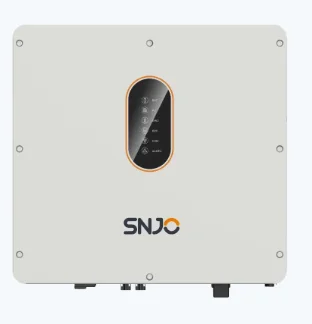The energy storage inverter is a quite popular inverter on the market in recent years. Do you know why you should choose a energy storage inverter? Here SNJO introduces you about energy storage inverters and advantages of battery inverter.
What is a energy storage inverter

The energy storage inverter is popular on the market today. On the one hand, the inverter converts DC into AC for loads use; on the other hand, it stores excess energy in the battery. When a power failure, the inverter converts the DC power in the battery into AC power for the customer use. This is one of the main reasons why it is becoming increasingly popular.
Advantages of battery inverter
1. Breakthrough in weather conditions
Since the battery inverter converts AC power into DC power and stores it in the battery, and converts the DC power in the battery into AC power after a power failure, this reduces the influence of weather conditions on the stability of the power generation and greatly improves the stability and quality of the grid.
2. High efficiency of electricity consumption
The battery inverters are more efficient. It not only breaks through the limitations of weather conditions and time, but also provides users with more stable and long-lasting electricity, avoiding the inconvenience and trouble caused by the failure of the electricity system, so more users choose these inverters.
3 High stability
In the event of a grid failure, the battery inverter converts DC power stored in the battery into AC power for using, so the electricity is less affected by external factors and has high stability.
4. Low cost of electricity
The battery inverter significantly reduces the cost of electricity. At peak periods, the battery inverter converts the DC power into AC power for using tot save electricity cost. The battery inverter provides a strong guarantee for the use of electricity when power outage.
The battery inverter not only meets the global trend of "energy saving and emission reduction", but also contributes to the stability and quality of the grid.
